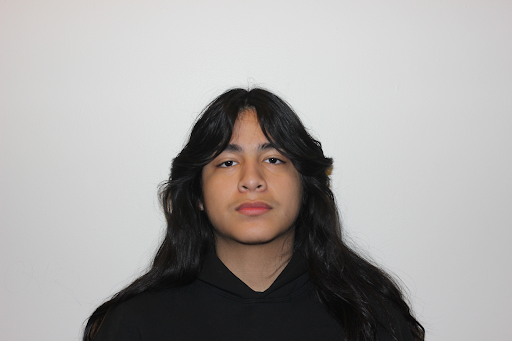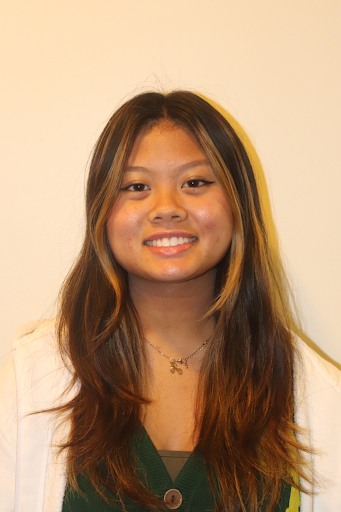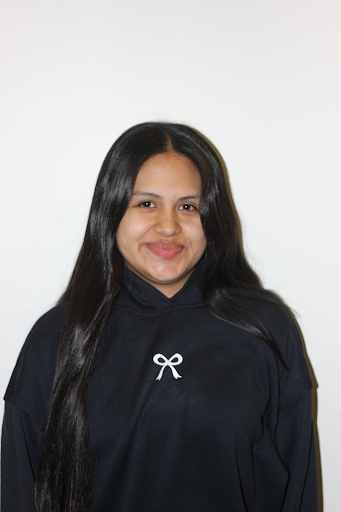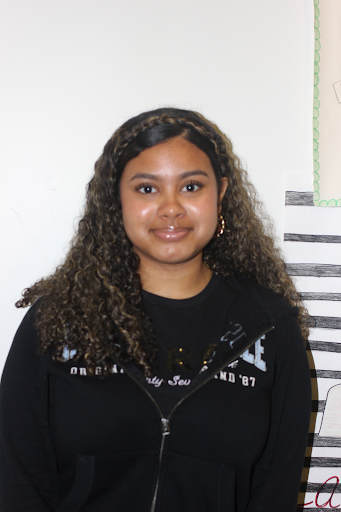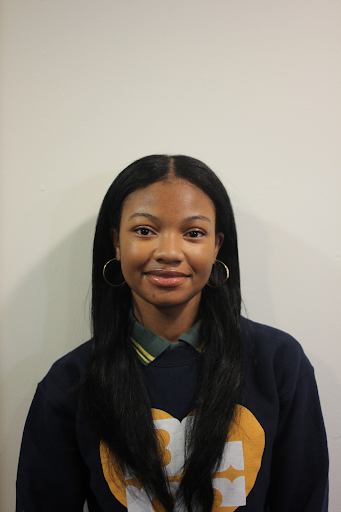Hair is something we all have. Wavy, coily, and curly is what exists in the 4a-4c spectrum. Can you imagine growing up hating your hair? Going to school with 4b-4c hair; feeling as if you stick out more than usual. You can not help but notice that those with the straightest hair possible would make remarks about your coarse, luscious hair. Meanwhile, people with the same complexion and type three hair think they are better and call you derogatory terms like bald headed, dirty, or nappy headed.
In our society, there is this foolish concept called texturism. According to Forbes.com, “Texturism is discrimination faced by those with coarser and more Afro-textured hair.”
Growing up I had to live with the idea of not perming my hair. In the black community, for so many years, perming your hair and getting silk presses was one of the ways to make you feel better about yourself. It felt like a must and in the process, you may end up with damaged hair.
Perming or straightening your hair is one of the ways for you to look “presentable” in professional or other socially less diverse areas so you could look “put together,” “neat,” or “nice.”
Hair is an important part of everyone’s culture regardless of texture, but for those of us with 4a and up it can be especially difficult. It is not just a matter of washing your hair, conditioning and styling. We get protective styles to ensure that our hair survives the treatments and styles that we do get.
When using a protective style, it is ideal to leave your style in for a long period of time. This is in an effort to have new growth, less tension, and less maintenance.
When you leave your hair in for a long time and the new growth starts to come in, people may say “eww that’s dirty”, but in our defense it is called a PROTECTIVE STYLE and it is not always intended to look cute. It is supposed to be left in for a long time so you can get the benefits. As beautiful as the styles are, many people become self-conscious about other people’s comments to the point that they cover their hair with hats and scarves.
Sophomore Laila Atkins weighs in on why she does not wear her natural 4c hair out.
“Honestly, when I take my hair out I feel like a bum,” said Atkins. “Going out like that is embarrassing; I get no compliments.”
When the time comes to taking out the protective style, many people are not sure what they should do to their natural hair. The struggle of not knowing what to do with your hair makes you upset and you could break down in tears.
One time, I took out my twists and just looking for a hairstyle stressed me out. As I was taking out my hair, I took a pair of scissors and tried to cut my hair. At that moment, I was so stressed out and I couldn’t decide what I wanted to do. Hair can do that to people. It is an integral part of people’s look.
Hair is one of the many things that keeps people sane. What happens when you do not know what to do with your hair? No matter how many times you style, braid, or put sew-ins into your thick hair at times you still feel incomplete. With every twist, tangle, and pull you realize that you are hair depressed. Hair depression is a real thing and it stems from those around you.
How others perceive your hair and what you do with it is a complicated thing. There is no easy way to deal with this, but for now the best thing is to keep experimenting and trying your best to find the hair treatments and styles that work best for you. Do not be afraid to be natural, after all we are all beautiful just as we are.
